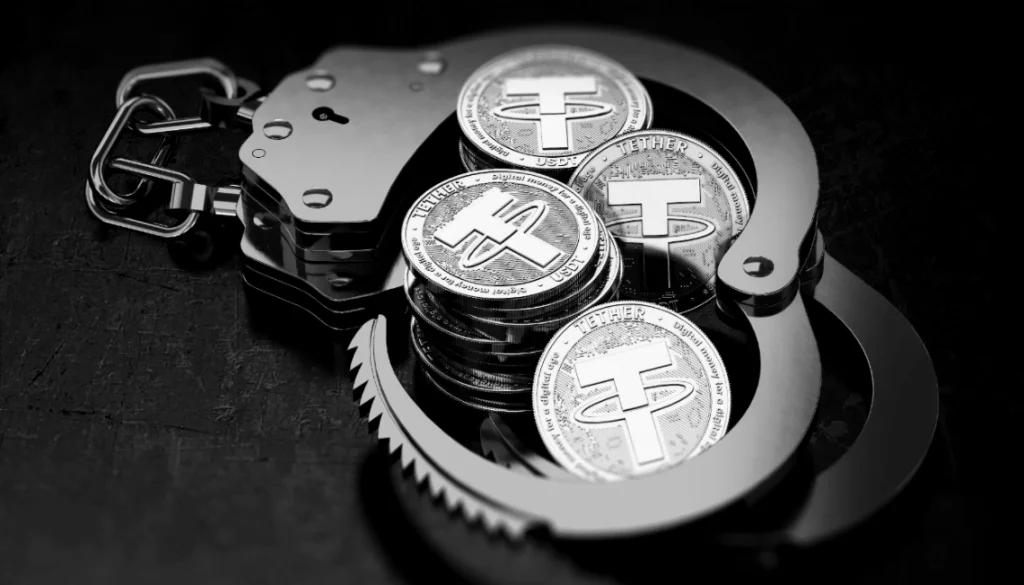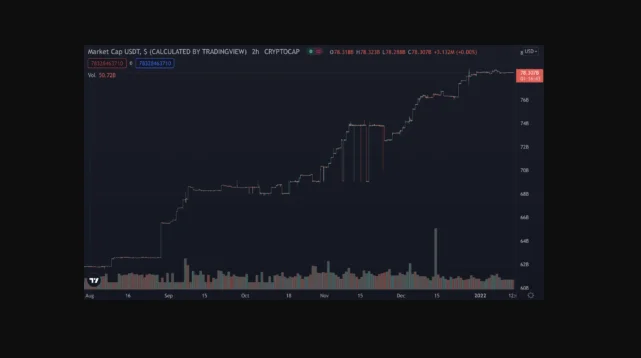Tether has been one of the most perplexing aspects of cryptocurrency in recent years, and this hasn’t altered as use has increased.

Decentralization has been a big issue, and while the term isn’t used once in Satoshi Nakamoto’s Bitcoin whitepaper, it has been a primary identity associated with bitcoin, and crypto in general, from its beginnings.
Of all, decentralization is only one of many unanswered questions surrounding Tether. However, Tether stated this week that around $160 million worth of stablecoin USDT will be frozen, putting the attention on exactly that. Let’s take a look at what we already know.

Tether faces scrutiny
According to Tether administrators, three Ethereum-based USDT addresses with a combined value of more than $150 million were frozen this week owing to “a request from law enforcement.” Since November 2017, the blockchain has banned approximately 560 addresses. It was Tether’s first blacklisting attempt in 2022.
Tether representatives previously stated that “through the freezing of addresses, Tether has been able to help recover funds stolen by hackers or are compromised,” sparking heated debates in the crypto community – which has largely embraced decentralization – about how much power blockchain authorities should have over the network.
Long-time crypto supporters are typically unhappy with Tether’s level of market control, even if the ultimate result is the replacement of cash lost due to the activities of wicked bad actors.
Furthermore, recent US government investigation of stablecoins – especially USDT and USDC – has likely resulted in significant growth of more decentralized alternatives, specifically UST and DAI – the market’s third and fourth-largest stablecoins.
What’s next for USDT?
Tether is, without a doubt, caught between a rock and a hard place. The top stablecoin is closing in on a $100 billion market cap, and it’s salivating at the prospect of cementing its position as the “go-to” stablecoin in a world of fast crypto development.
In addition, according to a Chainalysis analysis, criminal activities and cryptocurrency-based crime nearly quadrupled in 2021 compared to 2020, indicating that government authorities are expected to increase their use of blockchain technology.
As we begin the new year, anticipate more of the same from Tether and potentially even Circle’s USDC – as the two work to establish crypto in more mainstream channels, a degree of centralization is unavoidable.
